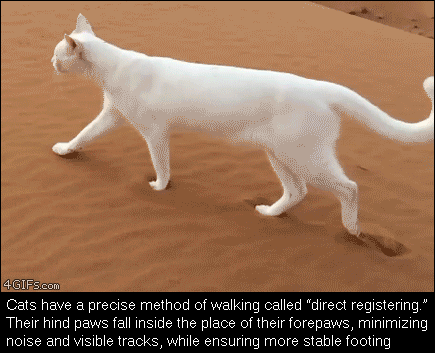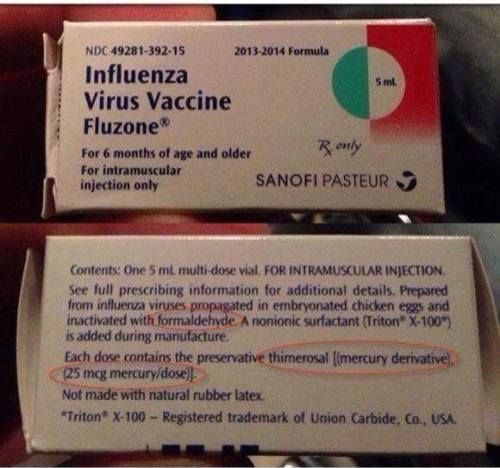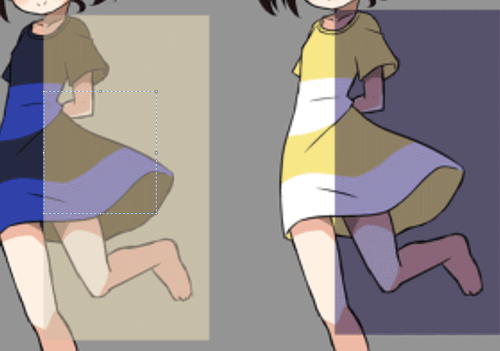Physicists Detect Gravitational Waves, Proving Einstein Right

Physicists Detect Gravitational Waves, Proving Einstein Right
On Thursday (Feb. 11, 2016) at 10:30 a.m. ET, the National Science Foundation will gather scientists from Caltech, MIT and the LIGO Scientific Collaboration in Washington D.C. to update the scientific community on the efforts being made by the Laser Interferometer Gravitational-wave Observatory (LIGO) to detect gravitational waves.
But why is this exciting? And what the heck are “gravitational waves”?
Keep reading
More Posts from Science-is-magical and Others
Generated ice cream flavors: now it’s my turn
Last week, I featured new ice cream flavors generated by Ms. Johnson’s coding classes at Kealing Middle School in Austin, Texas. Their flavors were good - much better than mine, in fact. In part, this was because they had collected a much larger dataset than I had, and in part this was because they hadn’t accidentally mixed the dataset with metal bands.
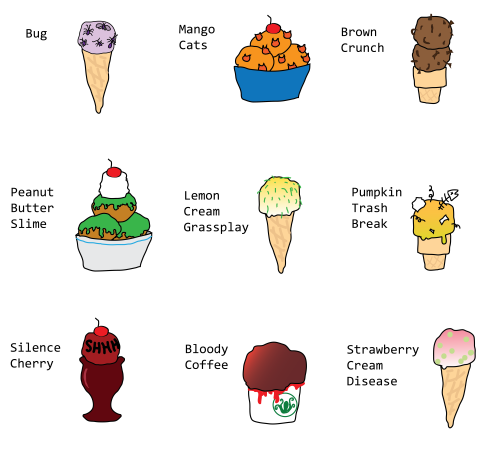
(the three at the bottom were mine)
But not only are Ms. Johnson’s coding class adept with textgenrnn, they’re also generous - and they kindly gave me their dataset of 1,600 ice cream flavors. They wanted to see what I would come up with.
So, I fired up char-rnn, a neural network framework I’ve used for a lot of my text-generating experiments - one that starts from scratch each time, with no memory of its previous dataset. There was no chance of getting metal band names in my ice cream this time.
But even so, I ended up with some rather edgy-sounding flavors. There was a flavor in the input dataset called Death by Chocolate, and I blame blood oranges for some of the rest, but “nose” was nowhere in the input, candied or otherwise. Nor was “turd”, for that matter. Ice cream places are getting edgy these days, but not THAT edgy.
Bloodie Chunk Death Bean Goat Cookie Peanut Bat Bubblegum Cheesecake Rawe Blueberry Fist Candied Nose Creme die Mucki Ant Cone Apple Pistachio mouth Chocolate Moose Mange Dime Oil Live Cookie Bubblegum Chocolate Basil Aspresso Lime Pig Beet Bats Blood Sundae Elterfhawe Monkey But Kaharon Chocolate Mouse Gun Gu Creamie Turd

Not all the flavors were awful, though. The neural network actually did a decent job of coming up with trendy-sounding ice cream flavors. I haven’t seen these before, but I wouldn’t be entirely surprised if I did someday.
Smoked Butter Lemon-Oreo Bourbon Oil Strawberry Churro Roasted Beet Pecans Cherry Chai Grazed Oil Green Tea Coconut Root Beet Peaches Malted Black Madnesss Chocolate With Ginger Lime and Oreo Pumpkin Pomegranate Chocolate Bar Smoked Cocoa Nibe Carrot Beer Red Honey Candied Butter Lime Cardamom Potato Chocolate Roasted Praline Cheddar Swirl Toasted Basil Burnt Basil Beet Bourbon Black Corn Chocolate Oreo Oil + Toffee Milky Ginger Chocolate Peppercorn Cookies & Oreo Caramel Chocolate Toasted Strawberry Mountain Fig n Strawberry Twist Chocolate Chocolate Chocolate Chocolate Road Chocolate Peanut Chocolate Chocolate Chocolate Japanese Cookies n'Cream with Roasted Strawberry Coconut

These next flavors seem unlikely, however.
Mann Beans Cherry Law Rhubarb Cram Spocky Parstita Green Tea Cogbat Cheesecake With Bear Peanut Butter Cookies nut Butter Brece Toasterbrain Blueberry Rose The Gone Butter Fish Fleek Red Vanill Mounds of Jay Roasted Monster Dream Sweet Chocolate Mouse Cookies nutur Coconut Chocolate Fish Froggtow Tie Pond Cookies naw Mocoa Pistachoopie Garl And Cookie Doug Burble With Berry Cake Peachy Bunch Kissionfruit Bearhounds Gropky Pum Stuck Brownie Vanilla Salted Blueberry Bumpa Thyme Mountain Bluckled Bananas Lemon-Blueberry Almernuts Gone Cream with Rap Chocolate Cocoa Named Honey

For the heck of it, I also used textgenrnn to generate some more ice creams mixed with metal bands, this time on purpose.
Swirl of Hell Person Cream Dead Cherry Tear Nightham Toffee
For the rest of these, including the not-quite-PG flavors, enter your email here.

The folks over at NASA just featured this nifty infographic on APOD about detecting objects in the sky:
How to Identify that Light in the Sky
What is that light in the sky?
Perhaps one of humanity’s more common questions, an answer may result from a few quick observations.
Image: HK (The League of Lost Causes)
For example — is it moving or blinking? If so, and if you live near a city, the answer is typically an airplane, since planes are so numerous and so few stars and satellites are bright enough to be seen over the din of artificial city lights.
If not, and if you live far from a city, that bright light is likely a planet such as Venus or Mars — the former of which is constrained to appear near the horizon just before dawn or after dusk.
Sometimes the low apparent motion of a distant airplane near the horizon makes it hard to tell from a bright planet, but even this can usually be discerned by the plane’s motion over a few minutes. Still unsure?
The above chart gives a sometimes-humorous but mostly-accurate assessment. Dedicated sky enthusiasts will likely note — and are encouraged to provide — polite corrections.
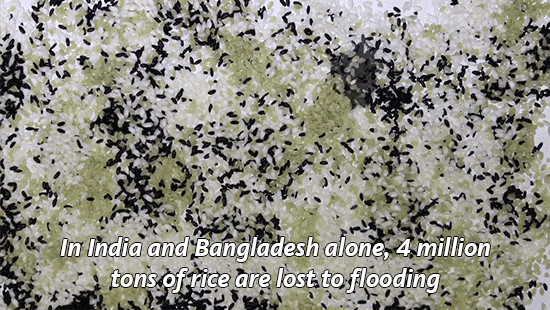
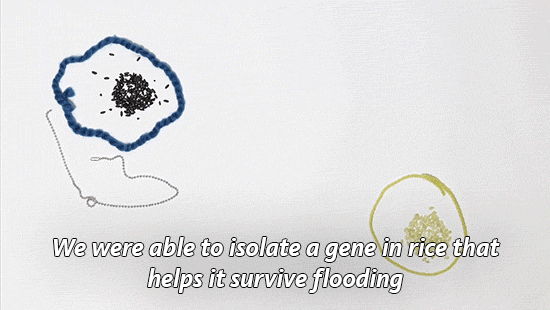
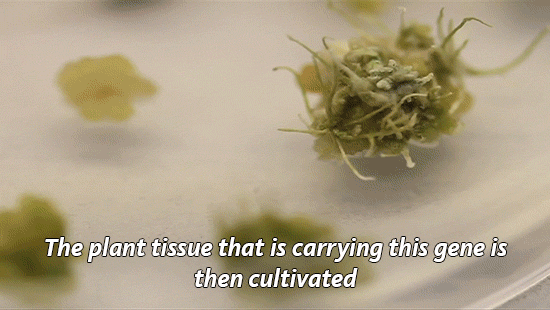
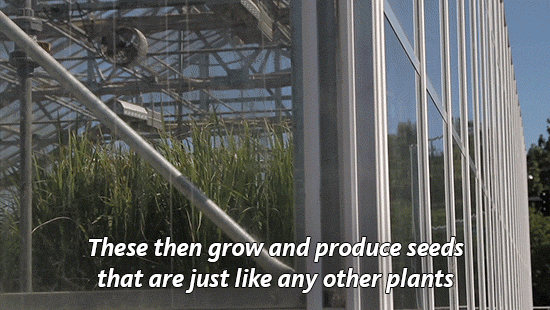
Why we need GMOs to survive climate change
Genetically modified organisms get a bad rap for many reasons, but we’ve actually been genetically altering what we eat since the dawn of human history.
“For 10,000 years, we have altered the genetic makeup of our crops,”explains UC Davis plant pathology professor Pamela Ronald.
“Today virtually everything we eat is produced from seeds that we have genetically altered in one way or another.” (You can read more about Ronald’s thoughts on genetically engineered food here.)
Right now her focus is on rice. It’s one of our basic crops and without it, we would struggle to feed much of the world.
With climate change, we’re seeing an increase in flooding in places like India and Bangladesh, which makes it harder to grow this important food staple.
So Ronald and her lab have developed a flood-tolerant strain of rice. It’s known as Sub1a or “scuba rice” and millions of farmers in South Asia are now growing it in their fields.

Today is National Food Day, a day dedicated to hunger awareness. But as we focus on food insecurity, we need to talk more about how global warming will make the problem worse.
As our climate continues to heat up, it has huge impacts on what foods we are able to grow. Will our crops be able to survive droughts and floods? The University of California leads six labs that are working to develop other climate-resilient crops including chickpea, cowpea and millet.
Find out what other scientists are doing to improve our food.
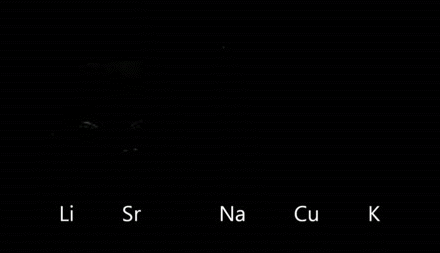
In chemistry, flame tests are used to detect the presence of certain elements, primarily metal ions, by analyzing the colour of the flame given off when heated.
above are Lithium (Li), Strontium (Sr), Sodium (Na), Copper(Cu), and Potassium (K).
A researcher wrote about why neural networks like picdescbot hallucinate so many sheep – and yet will miss a sheep right in front of them if it’s in an unusual context. Enjoy!
-
 hadijastar89 liked this · 3 years ago
hadijastar89 liked this · 3 years ago -
 lesbean-theorgnlchicnlegs reblogged this · 6 years ago
lesbean-theorgnlchicnlegs reblogged this · 6 years ago -
 lesbean-theorgnlchicnlegs liked this · 6 years ago
lesbean-theorgnlchicnlegs liked this · 6 years ago -
 -aviarius- liked this · 7 years ago
-aviarius- liked this · 7 years ago -
 science-is-magical reblogged this · 7 years ago
science-is-magical reblogged this · 7 years ago -
 jane-grey reblogged this · 7 years ago
jane-grey reblogged this · 7 years ago -
 jane-grey liked this · 7 years ago
jane-grey liked this · 7 years ago -
 fadinglights-stormynights liked this · 7 years ago
fadinglights-stormynights liked this · 7 years ago -
 gt-201 liked this · 7 years ago
gt-201 liked this · 7 years ago -
 flightlessgirlamericansouth liked this · 7 years ago
flightlessgirlamericansouth liked this · 7 years ago -
 ravenclawlibrary reblogged this · 7 years ago
ravenclawlibrary reblogged this · 7 years ago -
 malokonga03-blog liked this · 7 years ago
malokonga03-blog liked this · 7 years ago -
 thotnose liked this · 8 years ago
thotnose liked this · 8 years ago -
 whatifkatiedid reblogged this · 8 years ago
whatifkatiedid reblogged this · 8 years ago -
 whatifkatiedid liked this · 8 years ago
whatifkatiedid liked this · 8 years ago -
 jamesdean666 liked this · 8 years ago
jamesdean666 liked this · 8 years ago -
 deadspaceintern liked this · 8 years ago
deadspaceintern liked this · 8 years ago -
 freykugel reblogged this · 8 years ago
freykugel reblogged this · 8 years ago -
 fweeble reblogged this · 8 years ago
fweeble reblogged this · 8 years ago -
 laptopglow liked this · 8 years ago
laptopglow liked this · 8 years ago -
 i-love-dragonss liked this · 9 years ago
i-love-dragonss liked this · 9 years ago -
 sorcerous-kitty liked this · 9 years ago
sorcerous-kitty liked this · 9 years ago -
 sonewaize liked this · 9 years ago
sonewaize liked this · 9 years ago -
 planetefantome liked this · 9 years ago
planetefantome liked this · 9 years ago -
 evevangelion reblogged this · 9 years ago
evevangelion reblogged this · 9 years ago -
 lookingintothetower liked this · 9 years ago
lookingintothetower liked this · 9 years ago -
 thecobbsister-blog liked this · 9 years ago
thecobbsister-blog liked this · 9 years ago -
 quelepasapirobo reblogged this · 9 years ago
quelepasapirobo reblogged this · 9 years ago -
 firely00-blog liked this · 9 years ago
firely00-blog liked this · 9 years ago -
 tembo-ndoto liked this · 9 years ago
tembo-ndoto liked this · 9 years ago -
 oftheknights reblogged this · 9 years ago
oftheknights reblogged this · 9 years ago -
 brusselparty liked this · 9 years ago
brusselparty liked this · 9 years ago -
 pokeslayer187 liked this · 9 years ago
pokeslayer187 liked this · 9 years ago -
 fattwist liked this · 9 years ago
fattwist liked this · 9 years ago -
 novarium liked this · 9 years ago
novarium liked this · 9 years ago -
 picklekeg liked this · 9 years ago
picklekeg liked this · 9 years ago -
 bllueparadiise liked this · 9 years ago
bllueparadiise liked this · 9 years ago -
 bakabozza reblogged this · 9 years ago
bakabozza reblogged this · 9 years ago -
 bakabozza liked this · 9 years ago
bakabozza liked this · 9 years ago
